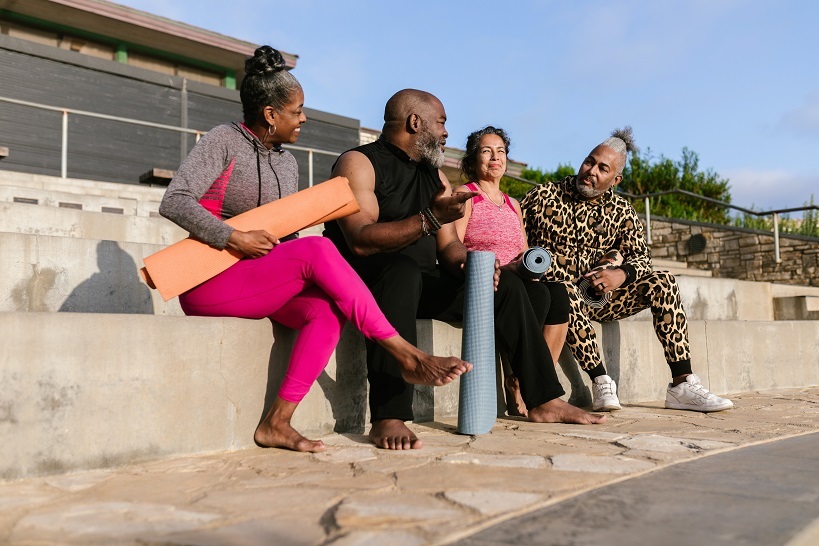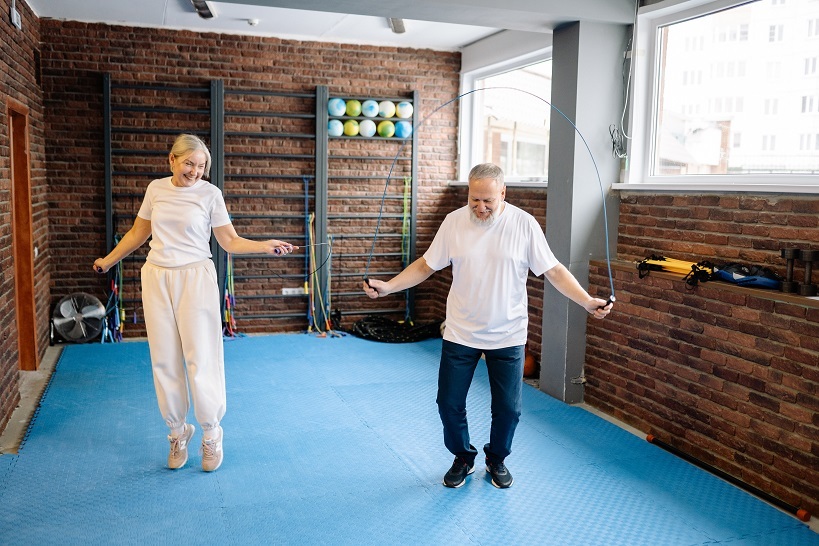Back in the 1980s, Dr. Robert Butler, director of the American Institute on Aging, stated that "If exercise and physical activity could be packaged as a pill, it would be the single most widely prescribed and beneficial medicine in the nation." Although many questions remain about the mechanisms of effect and optimal modalities, a synthesis of the literature indicates many positive effects of participation in physical activity on the aging process and mortality with dose-response curves indicating benefits are linked to both intensities and volumes of exercise.
Since then, the World Health Organization (WHO) has repeatedly confirmed that physical inactivity and a sedentary lifestyle worsen chronic health problems, including hypertension, cardiovascular and cerebrovascular diseases, diabetes, depression, and dementia. Indeed, estimates from 2012 indicated that not meeting physical activity recommendations is responsible for more than 5 million deaths globally each year. To top it all, it has been proven that reducing the number of daily steps for 14 days is enough to increase the risk of future metabolic disease and insulin resistance, typical of type II diabetes and obesity.
Our Bodies Are Designed to Move
It is confirmed that we are designed to move and that if we don't, the burden of disease and mortality will skyrocket exponentially. In the world population, however, only 18% of adults aged 65 to 74, and 15% of those over 75, meet the minimum recommendations for physical activity of 150 minutes of moderate-vigorous physical activity weekly and muscle-strengthening exercises at least twice a week. But what is really worrying is that this "deficiency in the practice of physical activity" is observed from the first stages of life. It is the real problem that causes childhood obesity. If Dr. Butler raised his head 33 years later, he would confirm what he already suspected: physical activity and sport should be essential activities in public health policy, and more so during the pandemic.



